There is A LOT to talk about with the new fully electric Polestar 4.
So it’s a good thing, then, that I have the keys to the MY25 Polestar 4’s flagship variant, the Long range Dual motor (LRDM), for the next three months as part of this three-part EV Guide long-term review.
In this first instalment, I’ll be detailing the Polestar 4 LRDM’s pricing, features and general specifications, including its key powertrain details and driving range, plus its ownership credentials.
The second edition in this series will deep-dive the Polestar 4 LRDM’s design and practicality (there will be so much to discuss, lack of rear window included!), while the third and final part will cover off my driving impressions and overall verdict.
Let’s get into it!
What is a Polestar 4?
It’s the all-important question, as the Polestar 4 is a bit of a head-scratcher on paper.
To be fair, Polestar has form here, as its first model in Australia, the Polestar 2, is also a strange one.
The similarities between the Polestar 4 and Polestar 2 run deep as in reality they’re both high-riding fastbacks (think stretched hatchback), despite the fact that the 4 is officially classified as a mid-size SUV.
On the (very) large side of mid-size, at 4840mm long (224mm longer than the Polestar 2), the Polestar 4 markets itself as a coupe-style SUV.
So, the segment-straddler’s rivals technically include the soon-to-be-released Audi Q6 e-tron Sportback and recently launched Porsche Macan, plus the boxier BMW iX3 – although I’d humbly argue the BMW i4 Gran Coupe is the better Bavarian comparison.
And if you’re not familiar with Polestar the brand, it’s a Swedish-Sino spin-off of Volvo, which is why there are so many similarities between their models. Both marques are owned by Geely Group, which also operates Lotus, Zeekr, Farizon and Geely itself.
How much does the Polestar 4 cost?
The argument could be made that the Polestar 4 is very good value, however its options packs will inevitably drive up its actual drive-away prices, but more on them in a moment.
Starting from $78,500, plus on-road costs, for the entry-level Single motor Long range (SMLR), the Polestar 4 will undercut the base Q6 e-tron Sportback by at least $37,000, if its available SUV version is anything to go by.
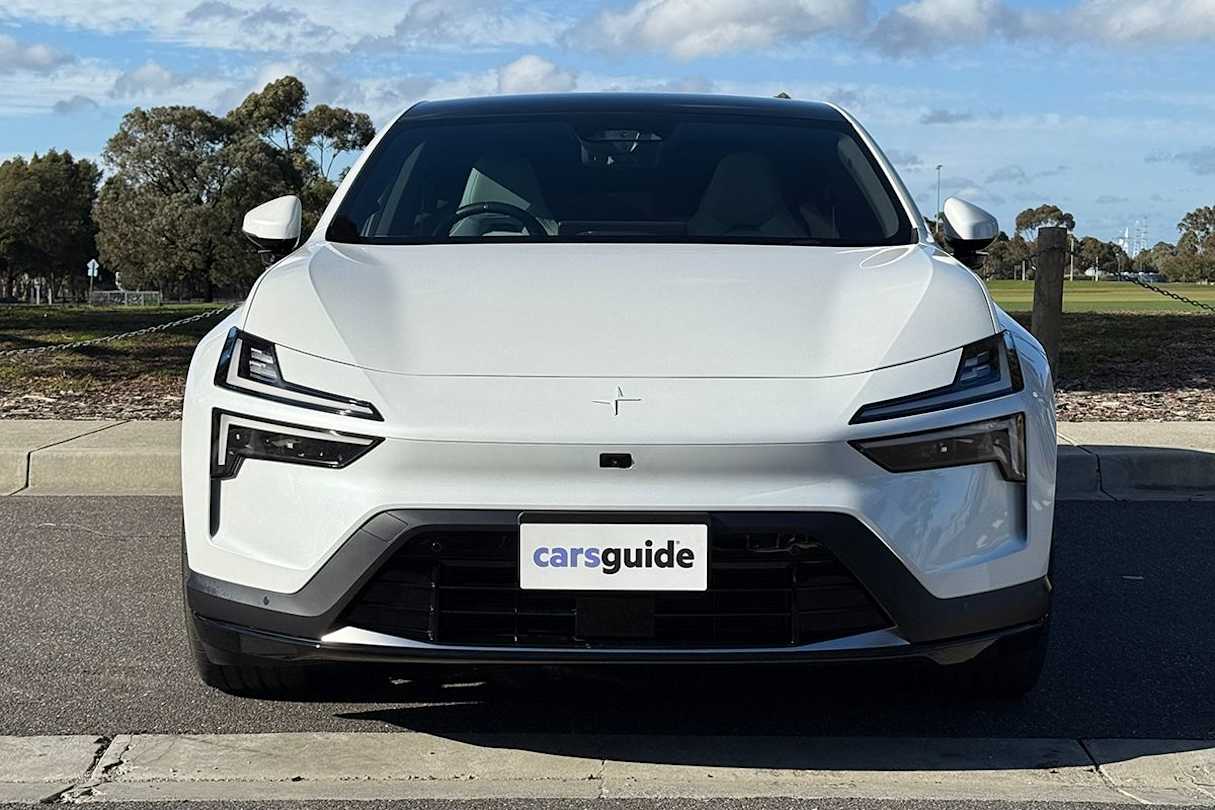
Shockingly (pun intended), the most affordable Macan is closer to the Polestar 4 SMLR at ‘just’ $94,000, while the iX3 is further within reach, at $91,000 (or there’s the $87,800 i4, but I digress).
But the flagship Polestar 4 Dual motor Long range (DMLR) on test here is $88,350, making it very, very tempting when compared to the ‘cheapest’ versions of its rivals – but all is not necessarily as it seems.
What does the Polestar 4 come with?
It’s a complicated question as the list of available equipment is very, very long, not all of which is standard.
Included features in the Polestar 4 SMLR are light-sensing LED lights (including puddle), a rain-sensing windscreen wiper, 20-inch Aero alloy wheels, auto-folding side mirrors with heating, keyless entry power-operated flush doorhandles and a power-operated tailgate.
Inside, a 10.2-inch digital instrument cluster features alongside a 15.4-inch touchscreen Android Automotive multimedia system with 5G connectivity, wireless Apple CarPlay support, built-in Google Maps satellite navigation, DAB+ digital radio, Bluetooth and an eight-speaker sound system. Speaking of devices, a 15W wireless smartphone charger and four USB-C ports are in support.
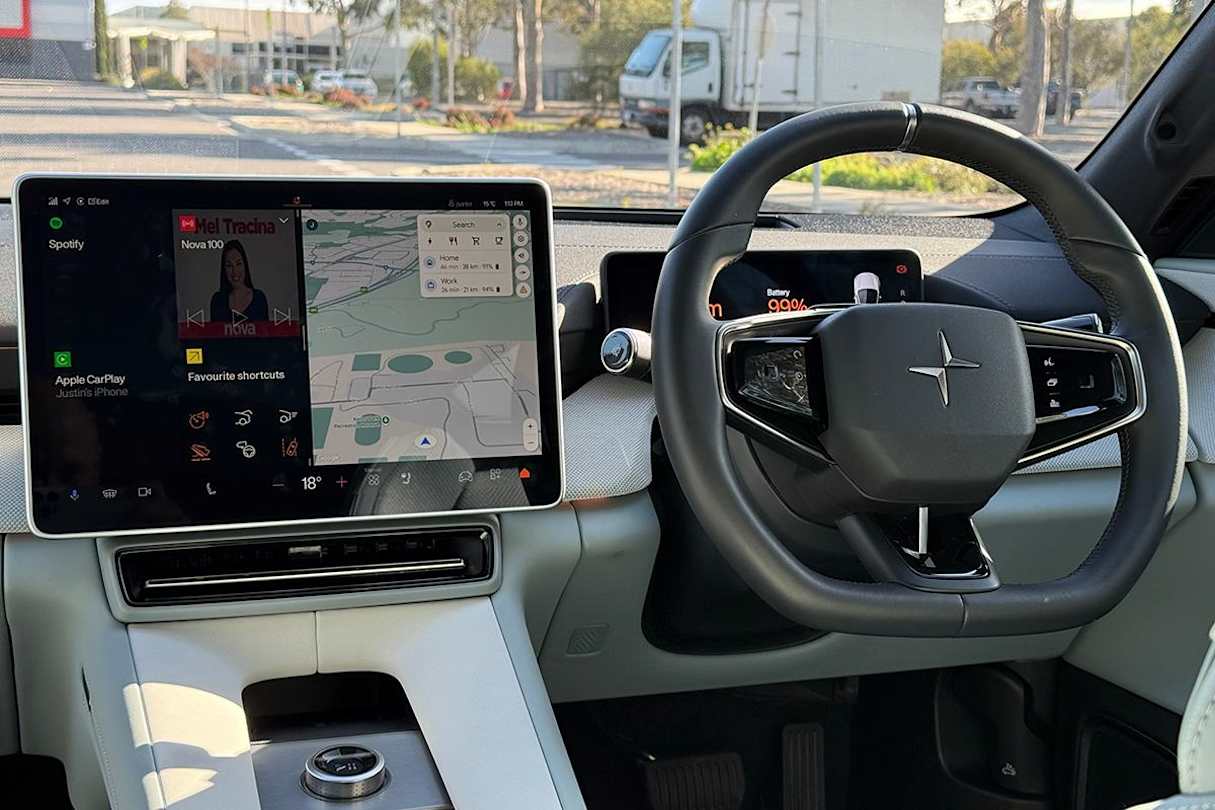
There’s also a panoramic sunroof (an electrochromic version costs $2200 extra), heated front seats, an eight-way power-adjustable driver’s seat with memory functionality, a six-way power-adjustable front passenger seat, dual-zone climate control, ambient lighting and keyless start, plus the divisive 8.9-inch digital rearview mirror (but more on that next time).
Advanced driver-assist safety systems impressively extend to front and rear autonomous emergency braking (with pedestrian and cyclist detection), lane-keep assist, blind-spot monitoring, adaptive cruise control, speed sign recognition, high-beam assist, driver attention monitoring, rear cross-traffic alert, surround-view cameras, front and rear parking sensors, safe exit alert and tyre pressure monitoring.
There are also seven airbags, including dual front, side and curtain, plus a front-centre, in addition to two ISOFIX and three top-tether child seat anchorage points.
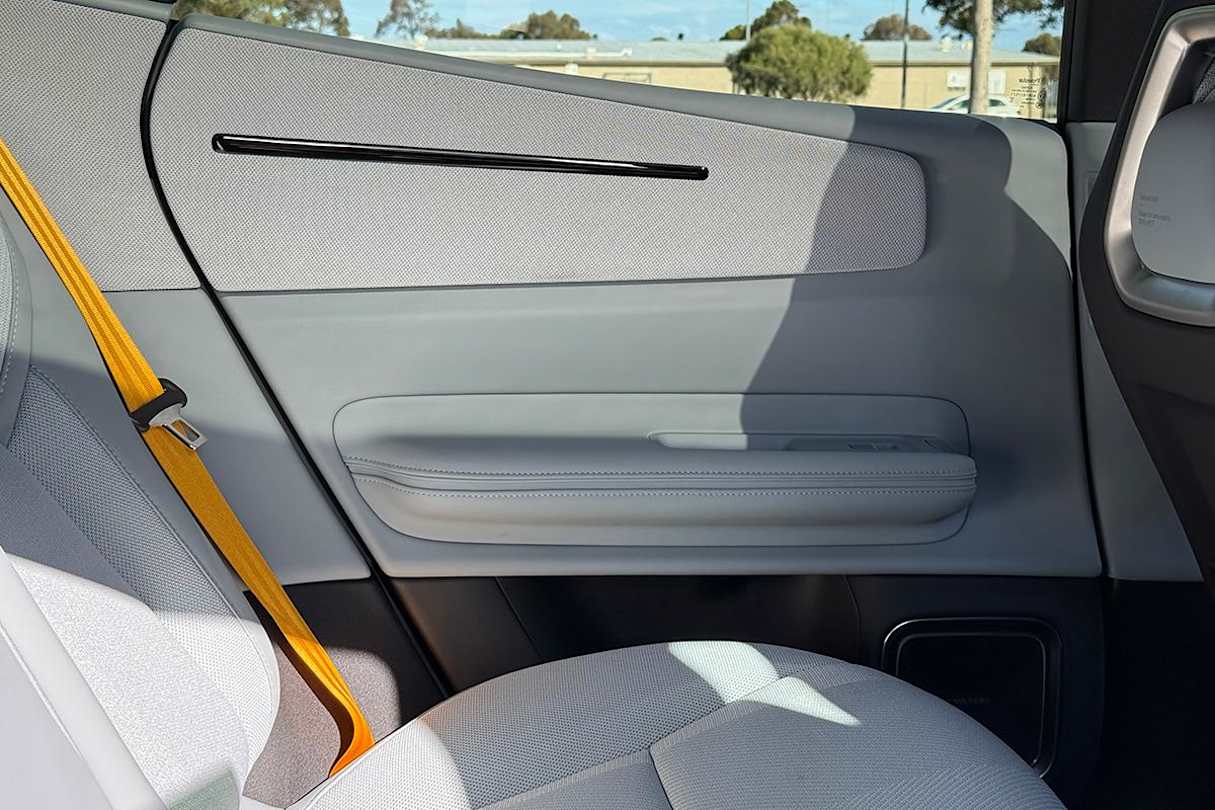
Aside from its soon-to-be-detailed powertrain upgrade, the DMLR also adds adaptive dampers to its suspension system.
While that all sounds pretty good for the Polestar 4, it is available with some options packs that are both (mostly) desirable and expensive.
First up is the Pilot pack, which is currently included for free and upgrades the adaptive cruise control with stop and go functionality, and steering assist. It also adds lane-change assist for more autonomous driving functionality.
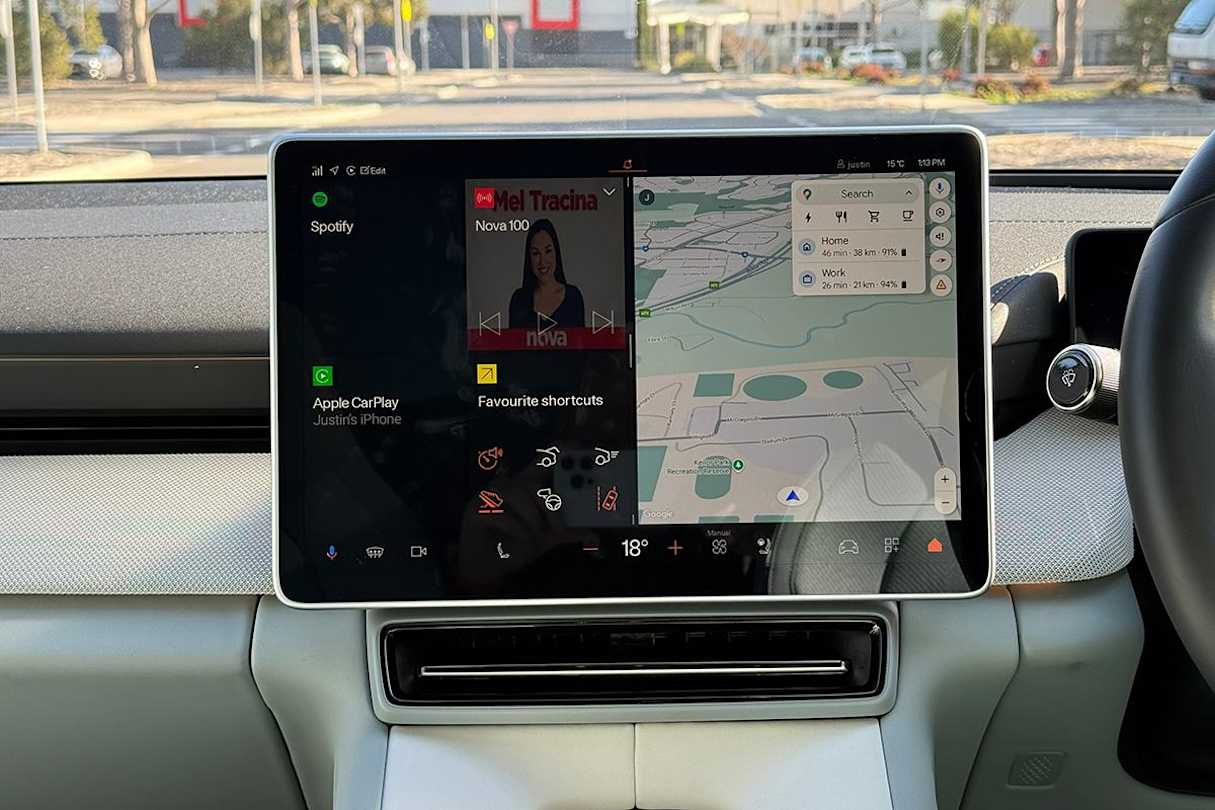
For $8000, the very tempting Plus pack bundles in Pixel LED headlights, an illuminated Polestar bonnet badge, auto-dimming side mirrors, kick-to-open functionality for the power-operated tailgate, a 14.7-inch windshield-projected head-up display, a 1320W 12-speaker Harman Kardon sound system, a power-adjustable steering wheel with heating, 12-way power-adjustable front-seats, power-reclining rear seats with heating, three-zone climate control, a rear 5.7-inch touchscreen control panel and illuminated Zinc decorative interior panels.
The forgettable Pro pack costs $2500 and adds 21-inch Pro alloy wheels with Swedish gold valve caps, and black seatbelts with a Swedish gold stripe.
Finally, the $7200 Performance pack is exclusive to the LRDM and requires the Plus pack to already be fitted. It further adds Polestar Engineered chassis tuning, lightweight 22-inch Performance forged alloy wheels with Swedish gold valve caps, stickier Pirelli P Zero tyres, Brembo ventilated disc brakes (392x34mm front and 364x26mm rear) with four-piston Swedish gold callipers, and Swedish gold seat belts. It is fitted to my test vehicle (pushing its as-tested price beyond $100K) and is overkill in my opinion, but more on that later.
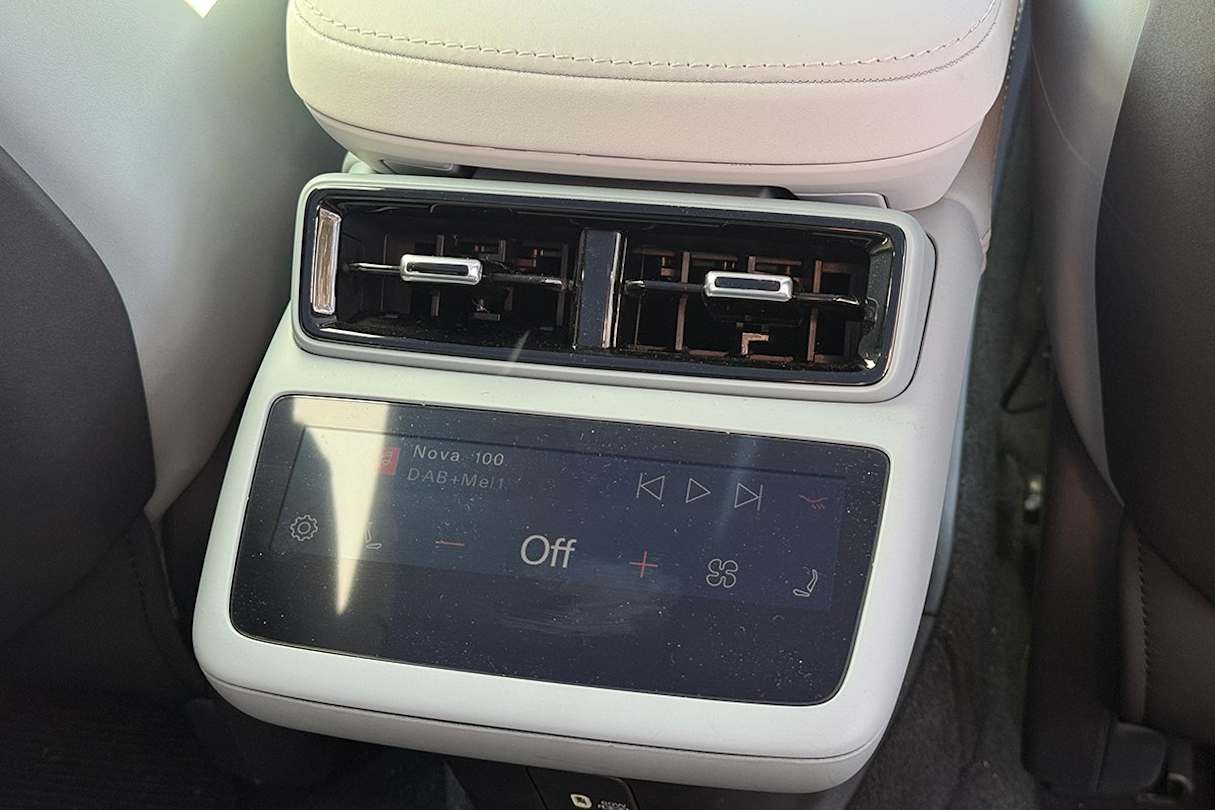
Some of the features from the first two options packs – including the head-up display and heated steering wheel – should be standard.
Naturally, individual options are also available and are mostly limited to exterior paintwork and interior upholstery, with rear privacy glass for $700 the most bizarre exclusion.
For reference, my test vehicle’s bodywork is finished in a white colour called Snow for $2300, while its cabin is trimmed in Mist tailored knit for $1400.

What is the Polestar 4’s powertrain?
The rear-wheel-drive SMLR has a 200kW/343Nm rear-mounted electric motor, while the all-wheel-drive DMLR adds a duplicate of that electric motor to its front axle. Its combined outputs are a colossal 400kW of power and 686Nm of torque.
As a result, the DMLR has a 0-100km/h acceleration time of just 3.8 seconds, making it a hard-to-believe 3.3s quicker than the SMLR. That said, top speed is shared, at 200km/h.
The DMLR also has a usefully higher braked towing capacity than the SMLR, at 2000kg versus 1500kg. Either way, it’s still a rarity for an EV to be able to tow that much.
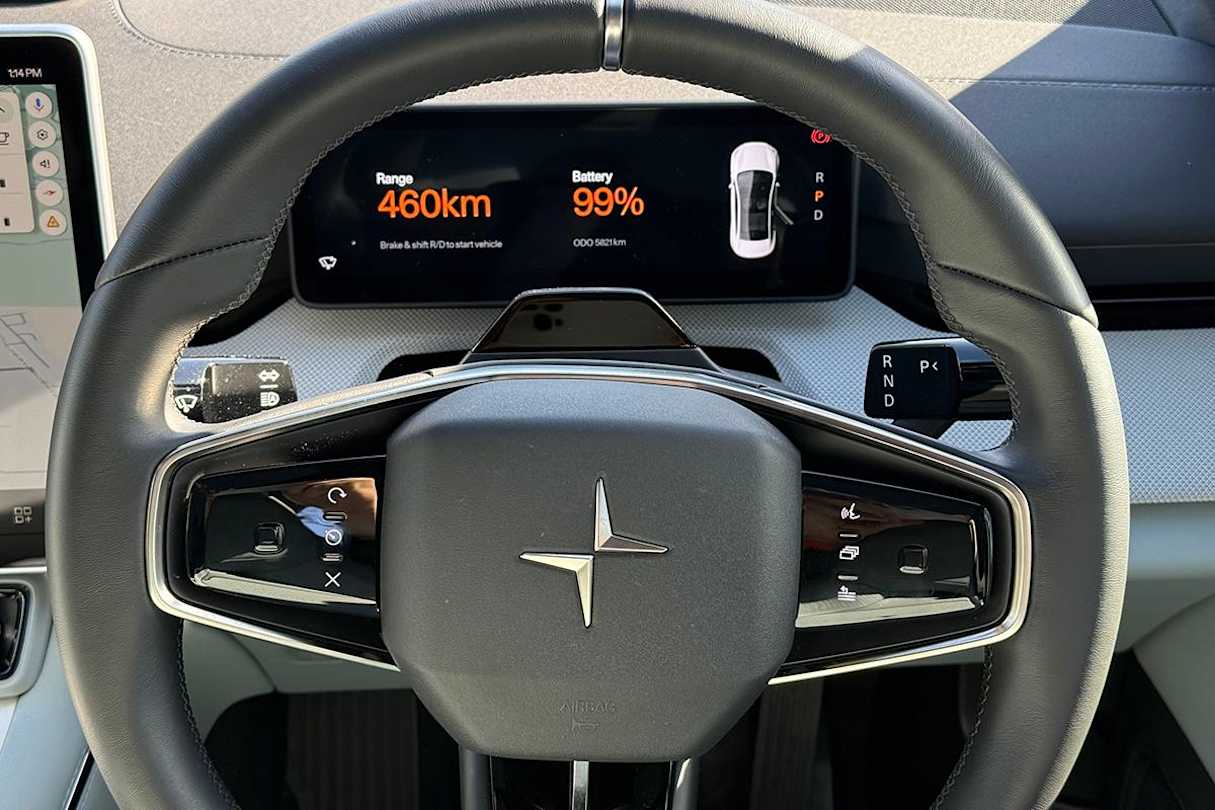
What is the Polestar 4’s driving range?
The SMLR has a very impressive driving range of 620km on the WLTP combined-cycle test, while the DMLR is rated at a still confidence-inspiring 590km under the same conditions.
Either way, the SMLR and DMLR share the same large, 100kWh lithium-ion battery pack and 400V electrical architecture, enabling a 10 to 80 per cent charge in a reasonable 30 minutes when using a 200kW DC fast charger with a Type 2 CCS plug.
An 11kW AC charger will complete a full charge in 11 hours, which works well overnight if you have a wallbox with a Type 2 plug installed at home. That can be halved, though, with the aforementioned Plus pack, which increases the maximum AC charge rate to 22kW.
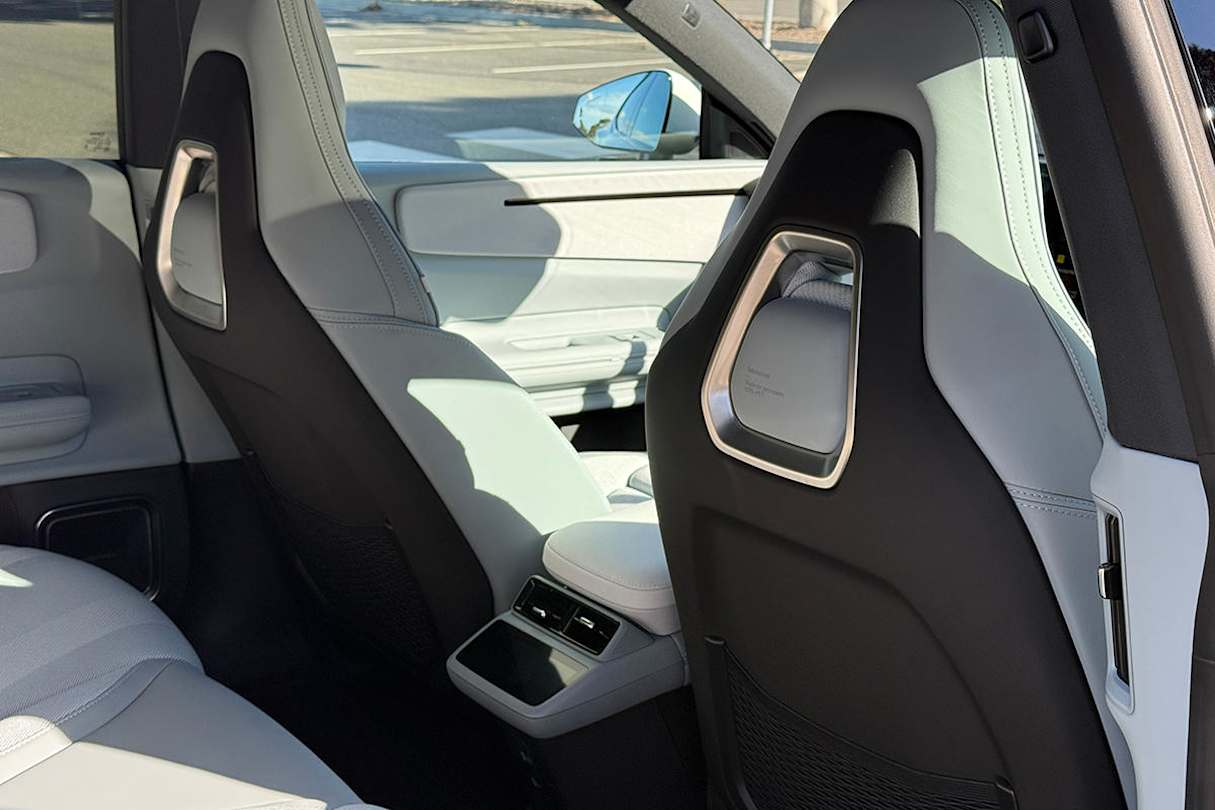
But it’s worth remembering that any AC charger (read: wallbox) outputting more than 7kW requires a three-phase electricity supply, so it could cost extra to set up if you don’t have one already. Thankfully, you get a three-pin to Type 2 AC charging included for free.
In my first month with the DMLR, my average energy consumption was a somewhat underwhelming 22.2kWh/100km over 967km of mainly urban driving, equating to a real-world driving range of 450km, or more than 30 per cent less than the DMLR claim.
Why such a difference? Well, aside from my occasionally heavy right foot, the fitted Performance pack’s larger wheel and tyre package has inevitably reduced its potential distance between charges, although such a figure isn’t separately reported.
What is the Polestar 4’s warranty and servicing?
Like all Polestar models sold in Australia, the Polestar 4 comes with a five-year/unlimited-kilometre warranty, which is on par for the premium segment these days.
That said, the Polestar 4’s battery is covered by a separate eight-year/160,000km term, which is the expectation for any EV.
Either way, 24/7 roadside assistance is pleasingly included for the first five years of ownership.
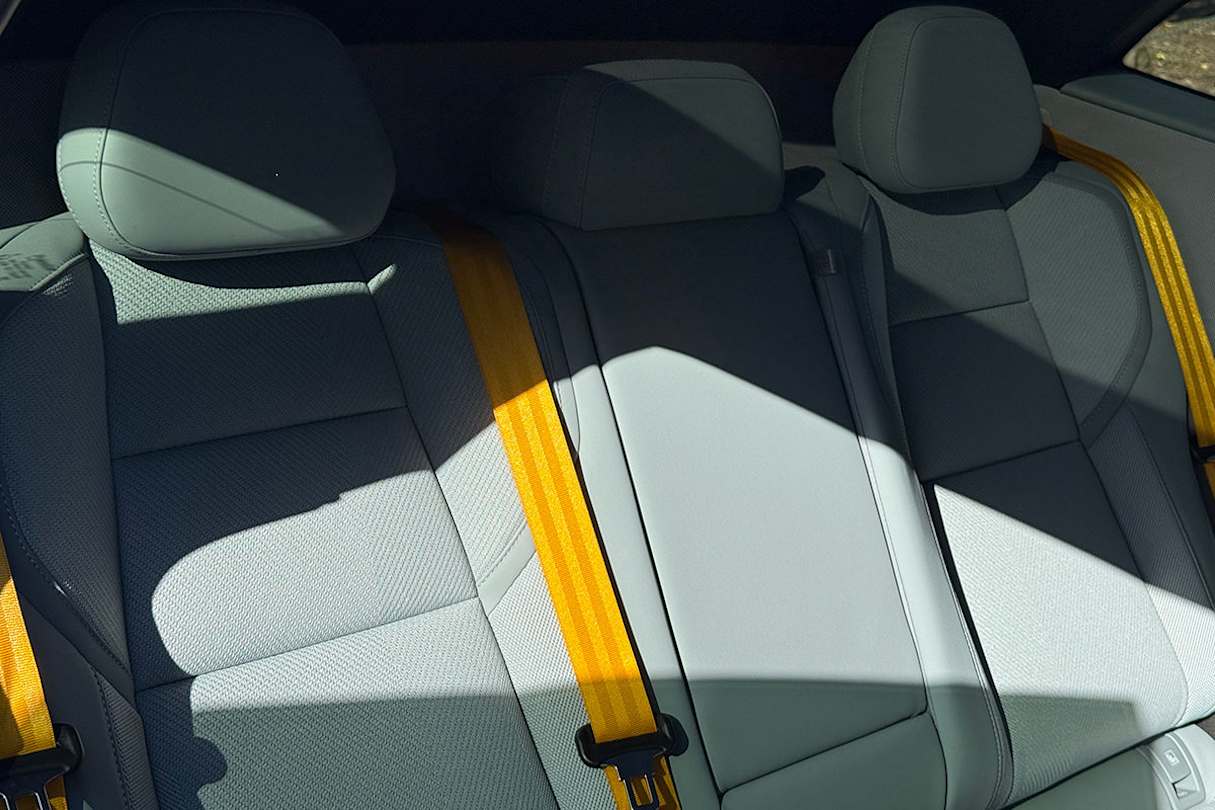
Better yet, the Polestar 4’s service intervals are nice and long at every two years or 30,000km, whichever comes first. In fact, servicing is completely free for the first five years/100,000km! How good?
And with that we’ve reached the end of the first instalment of this EV Guide long-term review of the Polestar LRDM.
See you for the second edition next month, when we deep-dive its design and practicality – yes, it’ll finally be time to talk about that rear window, or lack thereof!
Acquired: June 16, 2025
Distance travelled this month: 967km
Odometer: 6785km
Average energy consumption this month: 22.2kWh/100km
Polestar 4 2026: Dual motor Long range Performance
| Engine Type | |
|---|---|
| Fuel Type | |
| Fuel Efficiency | |
| Seating | 0 |
| Price From | $88,350 |






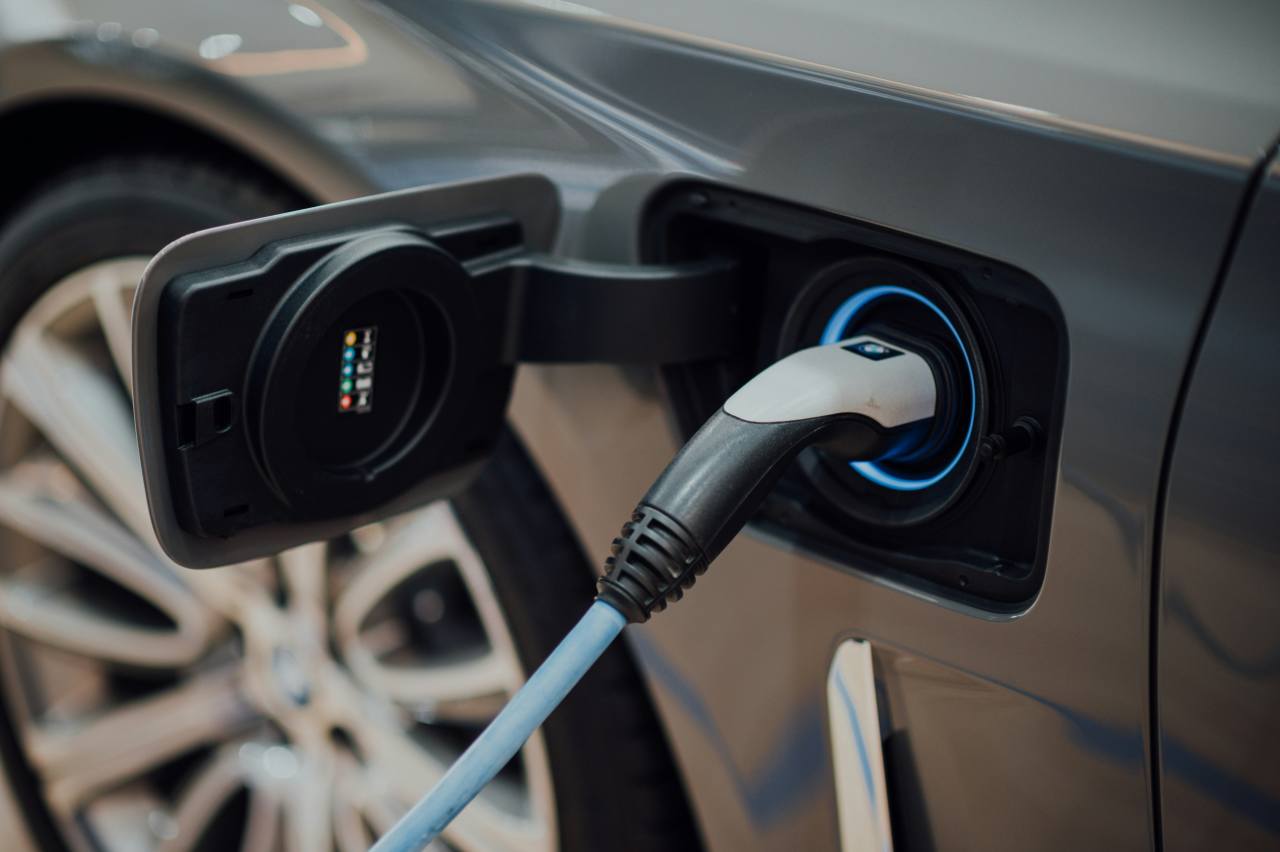
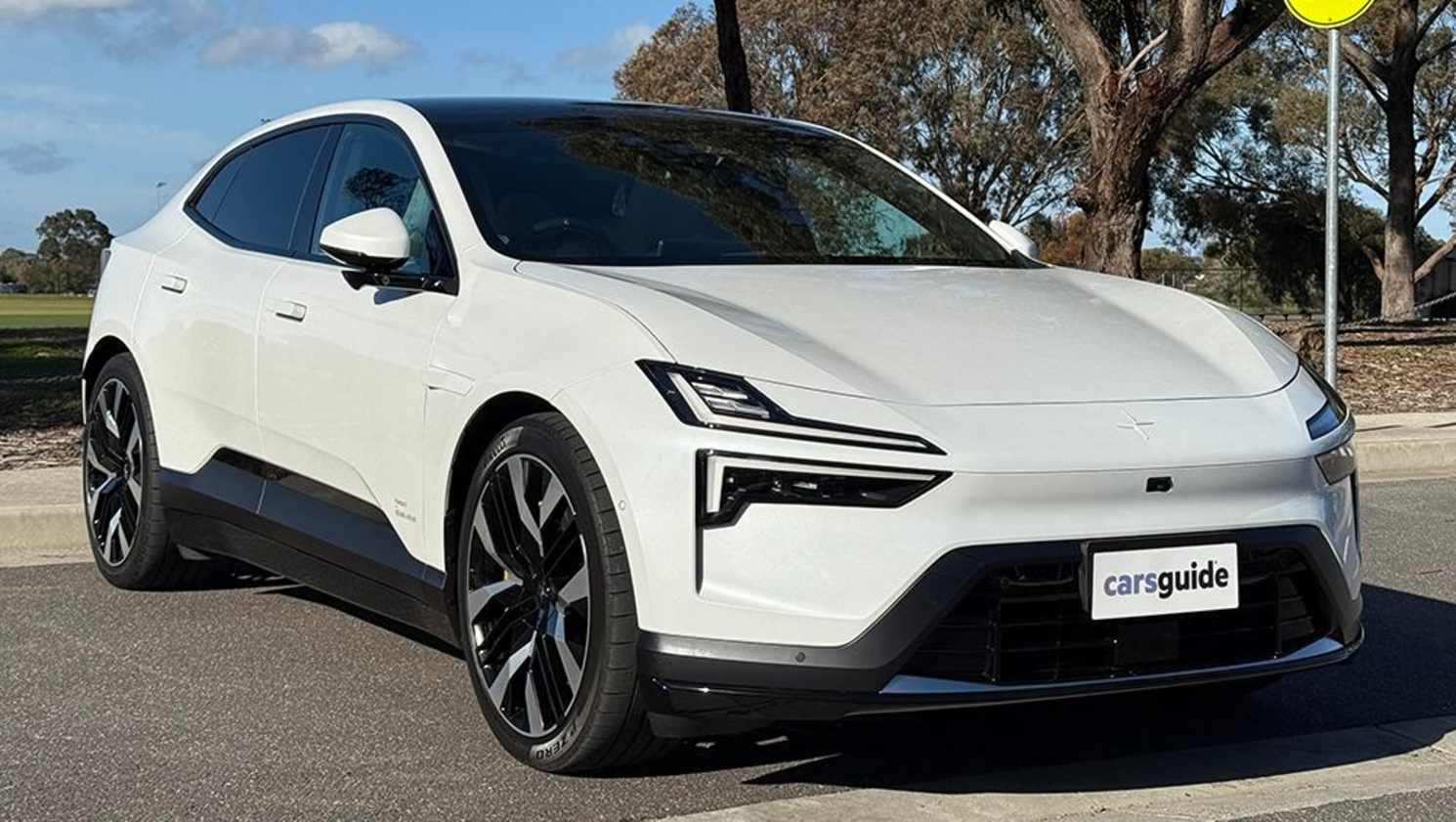

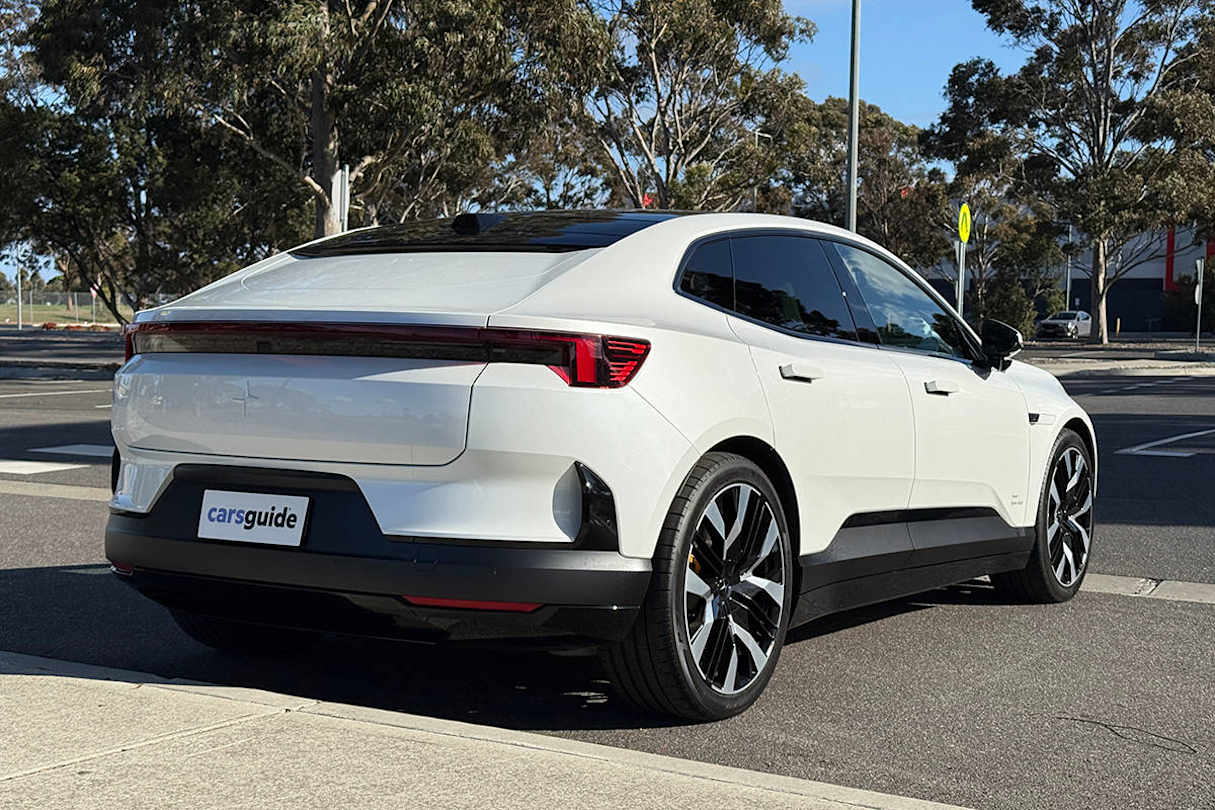

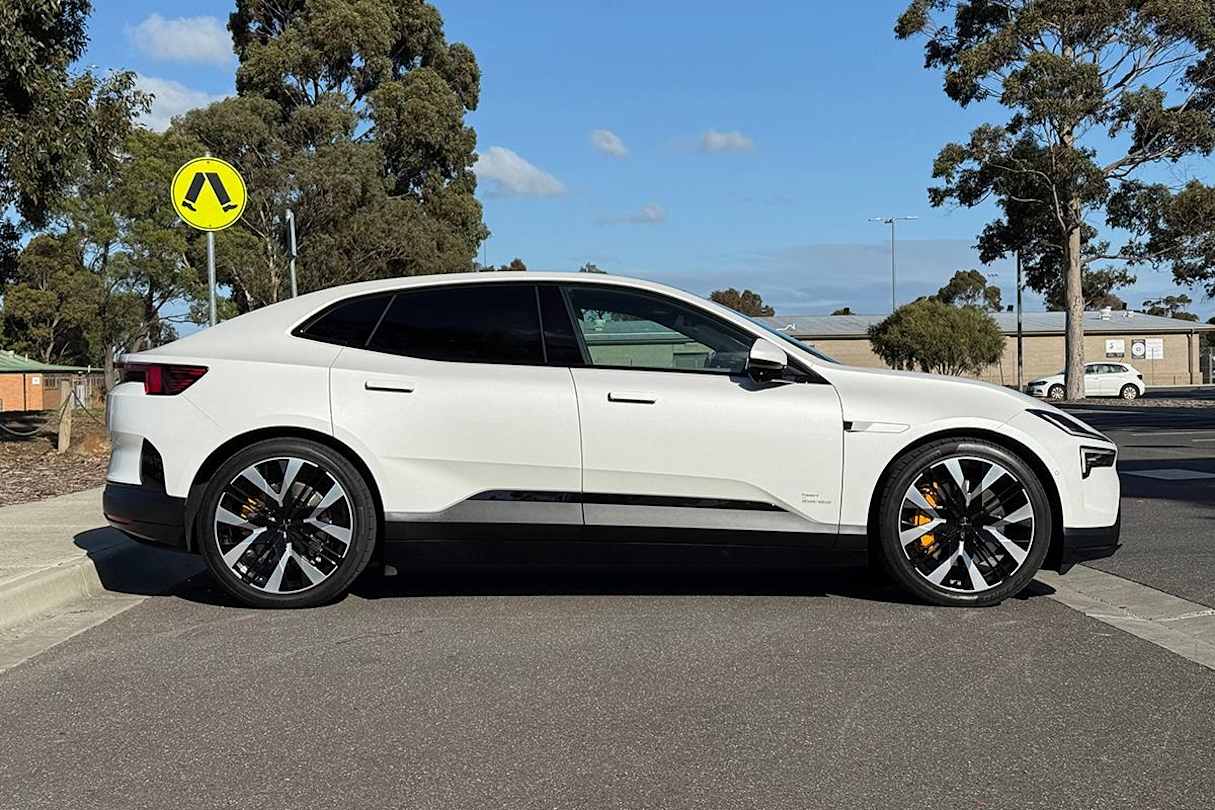







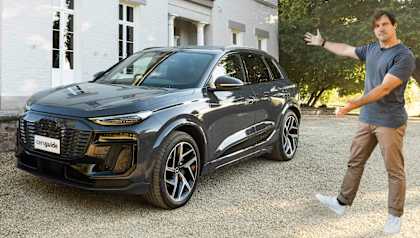
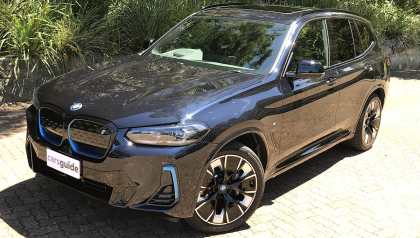


.jpg)
.jpg)